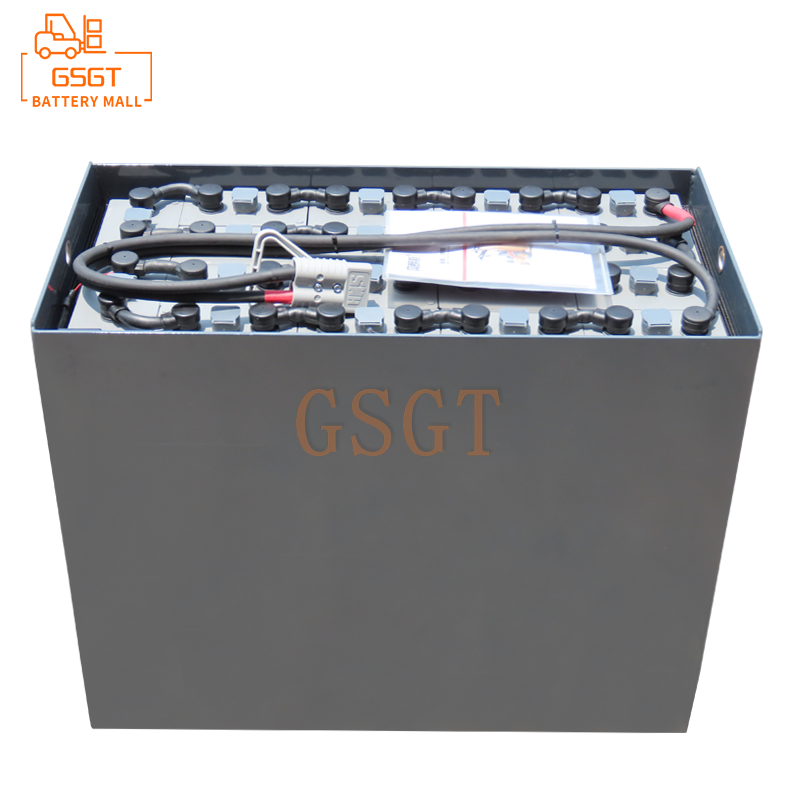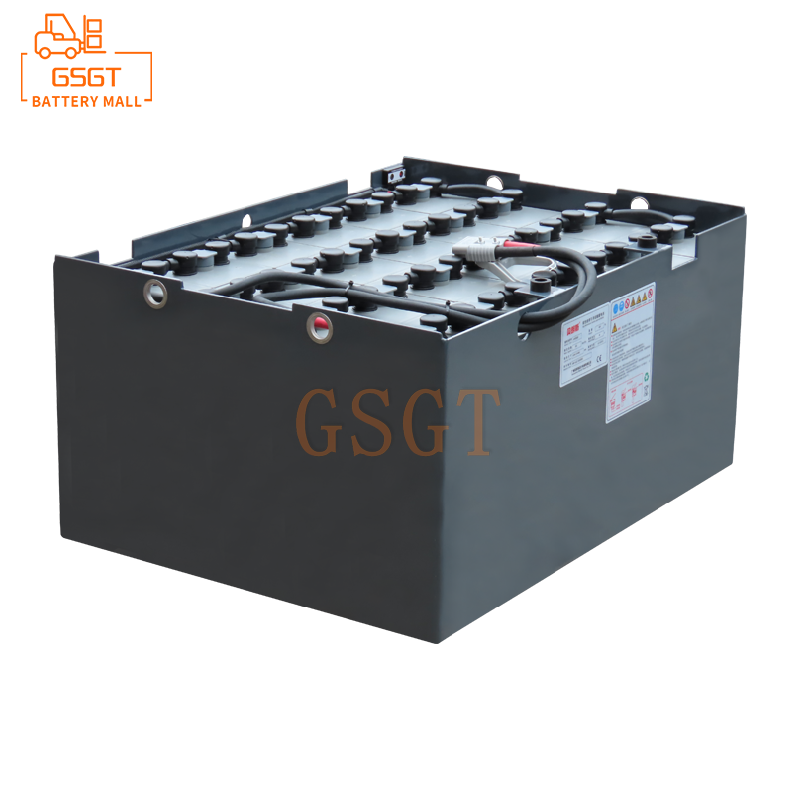Time:2025-07-15 10:48:26
Browse:614
Sulfation of forklift lead-acid batteries refers to the formation of white and hard lead sulfate crystals on the plates during the battery's use due to long-term undercharging and other reasons. This crystallization can clog the pores of the plates, impede the penetration of the electrolyte, lead to a decrease in the battery's capacity, make charging difficult, and in severe cases, even cause the battery to be scrapped, resulting in considerable losses for enterprises. In the daily use of forklifts, battery sulfation is a common and thorny issue, which not only affects the normal operation of forklifts but also increases the operating costs of enterprises. Therefore, it is of vital importance to find an effective solution to the sulfation problem of lead-acid batteries in forklifts.
Effective measures to prevent sulfation of lead-acid batteries in forklifts
To prevent sulfation of lead-acid batteries in forklifts, it is essential to charge them regularly first. Even if the forklift is not frequently used, the battery should be charged at regular intervals to prevent it from being in a state of long-term low power. Long-term undercharging is one of the main reasons for sulfation in storage batteries. When the plates are in a state of undercharging, they are prone to chemical reactions with the electrolyte, generating lead sulfate crystals.
Secondly, it is necessary to always pay attention to the liquid level of the electrolyte to ensure that it is within the specified range. If the electrolyte level is too low, the upper part of the plates will be exposed to the air, which is prone to oxidation and sulfidation. However, if the liquid level is too high, the electrolyte may overflow during the charging process, causing corrosion and waste. At the same time, regularly check the concentration of the electrolyte and make adjustments if necessary. Improper concentration of the electrolyte can affect the chemical reaction efficiency of the battery and accelerate the occurrence of sulfation.
In addition, when using forklifts, excessive discharge should be avoided. When the dashboard shows that the battery level is low, it should be charged in time. Excessive discharge will cause deep discharge of the plates, increasing the probability of lead sulfate crystallization. Moreover, such crystals are more difficult to dissolve. Over time, this will seriously affect the performance and lifespan of the battery.
The treatment methods for forklift lead-acid batteries after sulfidation
When the lead-acid battery of a forklift has undergone sulfation, a small current charging method can be adopted for treatment. Low current charging can slowly dissolve the lead sulfate crystals on the plates. This is because during low current charging, the ion movement in the electrolyte is relatively smooth and will not cause excessive impact on the plates, which is conducive to the dissolution of the crystals. When operating specifically, adjust the charging current to 1/5 to 1/10 of the normal charging current and continue charging until the battery is fully charged.
Pulse repair is also an effective treatment method. The pulse repair instrument can generate a pulse current of a specific frequency. This current can break the structure of lead sulfate crystals, causing them to redecompose into active substances and restore the performance of the plates. When using the pulse repair method, the repair instrument needs to be correctly connected to the battery and operated in accordance with the requirements of the instrument manual. Generally, it takes a period of continuous repair to see the effect.
For storage batteries with a relatively mild degree of sulfation, the method of supplementing electrolyte can also be adopted to assist in repair. First, discharge the battery to about 20% of its capacity remaining. Then, pour out some of the electrolyte, add an appropriate amount of distilled water, and let it stand for a while before charging. This can dilute the concentration of sulfuric acid in the electrolyte, reduce the formation of lead sulfate crystals, and promote the dissolution of the crystals at the same time.
Answers to related questions
Question: Can the lead-acid battery of a forklift be repaired after sulfation?
Answer: Whether the lead-acid battery of a forklift can be repaired after sulfation depends on the degree of sulfation. If it is mild sulfation, methods such as small current charging and pulse repair may be adopted to redissolve the lead sulfate crystals on the plates and restore the performance of the battery. However, if it is severe sulfidation, the lead sulfate crystals on the plates are hard and adhere in large quantities, making the repair extremely difficult. Usually, the battery needs to be replaced. Because severe sulfidation can cause damage to the plate structure, even if some crystals are dissolved, it is difficult to restore the original capacity and performance of the battery.
Question: How to determine whether the lead-acid battery of a forklift has sulfated?
Answer: Whether sulfation has occurred can be judged from the performance of the battery. Firstly, the battery capacity will significantly decrease, and the driving range of the forklift will be greatly shortened. A battery that used to work for 4 to 5 hours may now only work for 2 to 3 hours or even less. Secondly, during charging, the voltage rises rapidly, and it quickly shows as fully charged. However, during discharging, the voltage drops quickly as well, and it won't take long before the battery runs out. In addition, when you open the battery and observe it, you will find white hard crystals on the plates. These are lead sulfate crystals, which are also a typical feature of sulfation.
Summary
The sulfation problem of lead-acid batteries in forklifts can seriously affect the normal operation of forklifts and increase the operating costs of enterprises. Therefore, taking effective preventive measures, such as regular charging, monitoring the state of the electrolyte, and avoiding over-discharge, can reduce the occurrence of sulfation. When a battery sulfates, choosing an appropriate treatment method based on the degree of sulfation, such as small current charging or pulse repair, can restore the battery's performance to a certain extent. At the same time, it is also crucial to promptly determine whether the battery has sulfated or not for taking the correct countermeasures. Through scientific and reasonable management and maintenance, the service life of lead-acid batteries in forklifts can be prolonged and the efficiency of forklifts can be improved.

$2140

$4900

$3540

$5440

MESSAGE
Professional And Efficient
Security
Affordable Price
Professional Services